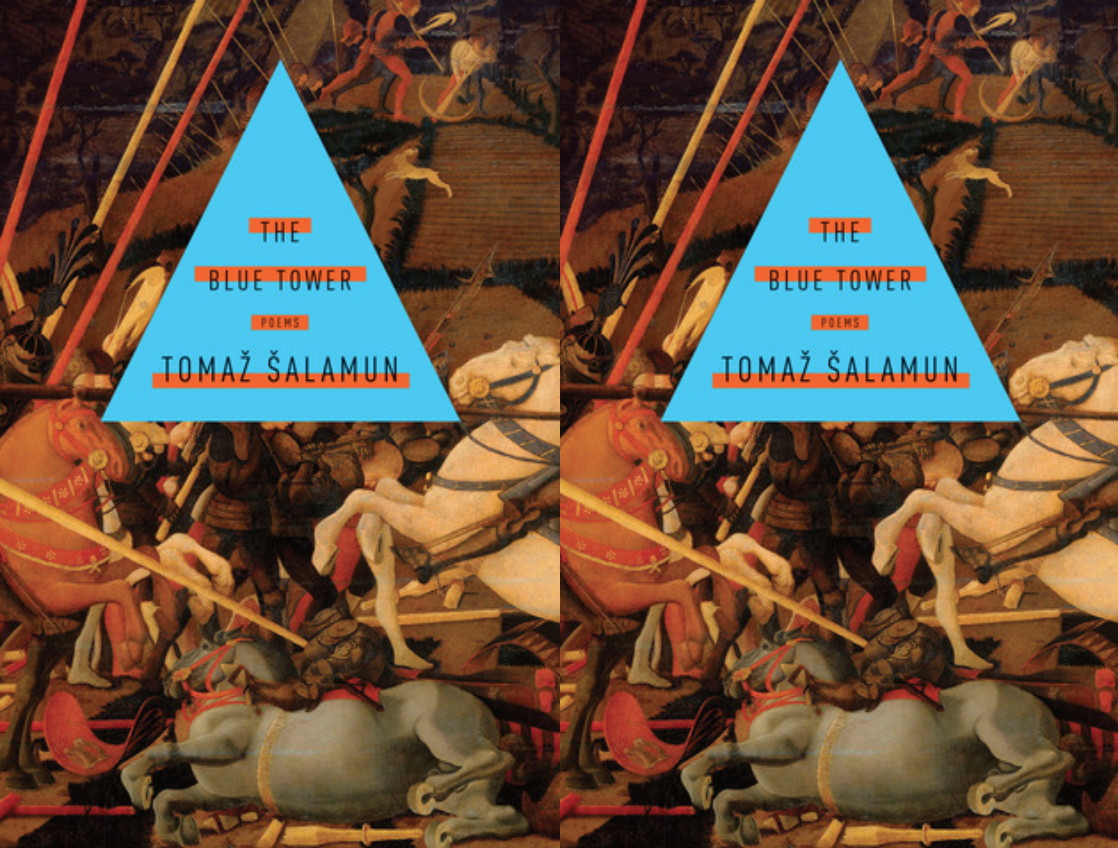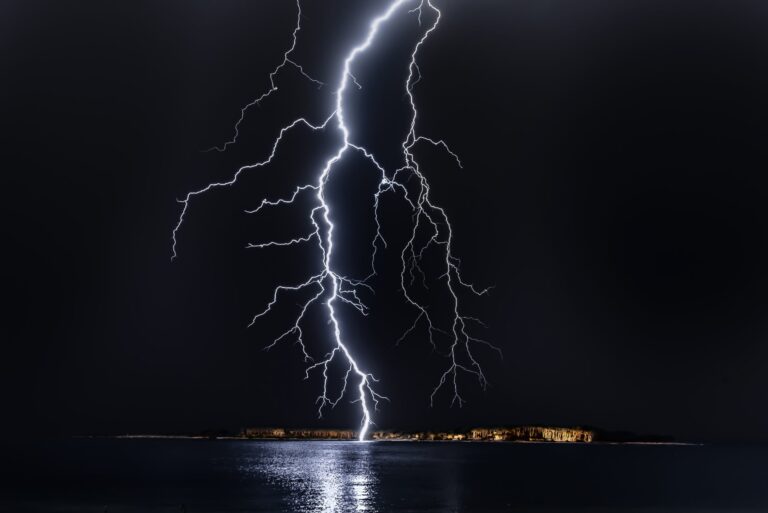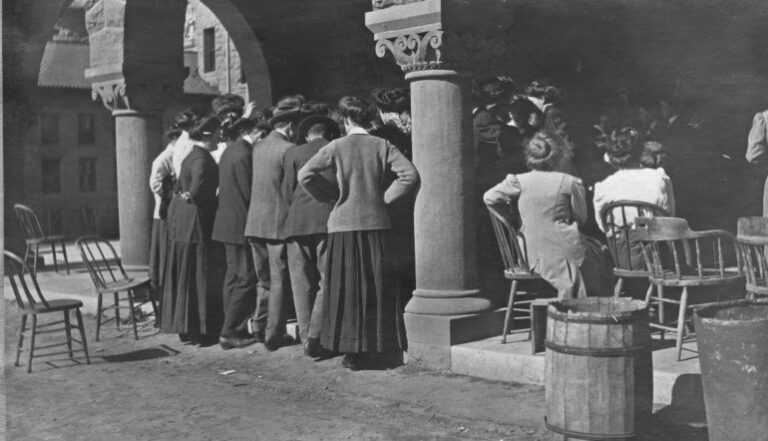Not Unlike…

The Blue Tower
Tomaz Salamun (translated by Michael Biggins with the author)
Houghton Mifflin Harcourt, October 2011
96 pages
$22.00
Editor’s note: P. Scott Stanfield holds a Ph.D. in English and teaches literature at Nebraska Wesleyan University. Recently, I challenged him to see how many literary references he could make in a single 500-word review. He gets one point for each, or (this month excepted for obvious reasons) two for any he hasn’t used in a previous column. This month’s score: 16.
Poems celebrating patrons deserve a better reputation. Although most of them are unreadably fulsome, we also have such masterpieces as Ben Jonson’s “To Penhurst” and Aemilia Lanyer’s “Description of Cookham.” Yeats’s poems to his friend and patron Lady Gregory are also among his finest, and Rilke’s Duino Elegies, we should recall, are named for the castle where he wrote them, the home of Princess Marie von Thurn und Taxis.
Tomaz Salamun’s new collection The Blue Tower is dedicated to the Baroness Beatrice Monti della Corte von Rezzori, whose Santa Maddalena Foundation supports a writers’ retreat in the baroness’s home in Tuscany, where this book was written. She is referred to often in the volume, as are her dog, Alice, and her late husband, Gregor (the author of Memoirs of an Anti-Semite), which is unusual in the post-Yeats era; contemporary poets routinely express thanks to foundations, but rarely braid into their poems references to the Illinois Arts Council or the NEH.
But Tuscany is, after all, where secular art patronage reached historic heights. Salamun mentions painters Masaccio, Paolo Uccello, and Fra Angelico; the volume’s many poems in fourteen lines recall Petrarch, and those in terza rima Dante. Tuscany is where the rich and powerful anted up for art.
Other writers visiting Santa Maddalena appear in The Blue Tower, too—British novelist Diran Adebayo most frequently, but also “Zadie” (Smith?), “Bloom,” who “lectured about the / Mormons” (must be Harold), and Slavoj Zizek—but the poems do not depend on gossip for their appeal. Hovering in a tantalizing Ashberyean shimmer between plainness and obscurity, Salamun presents a series of non sequiturs that one feels, rather than actually discerns, would resolve into a narrative if one could only grasp some not-quite-present thread:
Can we
restore that gentleman who’s sixty
feet tall, displaying his bones at
O’Hare? We travelers provided the slabs of flesh.
Memory is made of reeds. Handbags never
rot. Lakes leaning on your chest. Otters
like statues stowed before birth.
Another, darker European history sometimes disturbs Salamun in Santa Maddalena’s blue tower. He thinks of Heidegger “who threatened all Kakania from his Nazi / lectern” and Paul Celan’s suicide, of Tito, or Enver Hoxha. Forms of cannabis find their way to the writers (“White Hash, Black Weed”) and paranoid doubts blossom: “I’m on the rare, the horrible and / mad. But not sold out. Not sold out. // I’m fighting with Primoz’s prediction that / I’ll end as gilding, that I’m just playing.” If “Primoz” is Primoz Cucnik, another Slovenian poet, Salamun seems to be wondering how his sojourn in Tuscany must look back home.
On the evidence of this book, he need not worry. The author of the closing poems—“The Soul Murders the Tile,” “Brother” (again about Celan), “Reminding Mankind of Yourself with a Whip,” and “Chiunque Giunge le Mani”—may be “just playing,” but he is playing for unnervingly high stakes.


